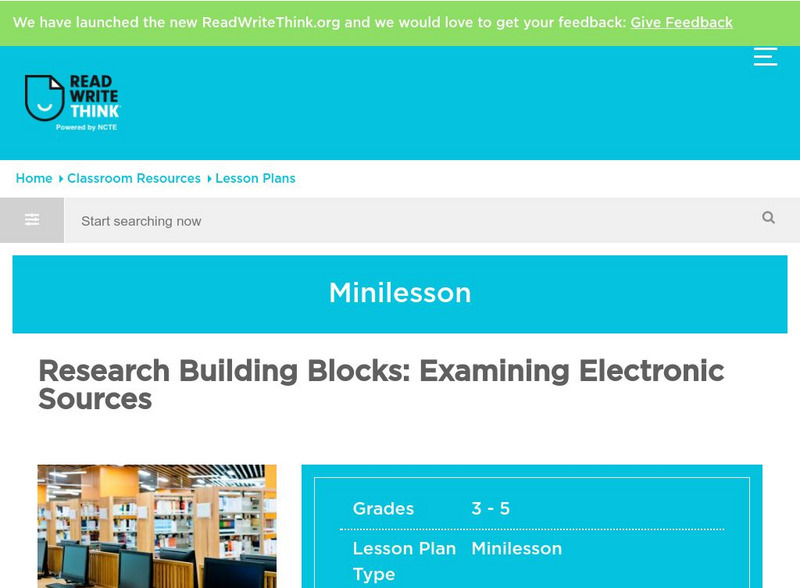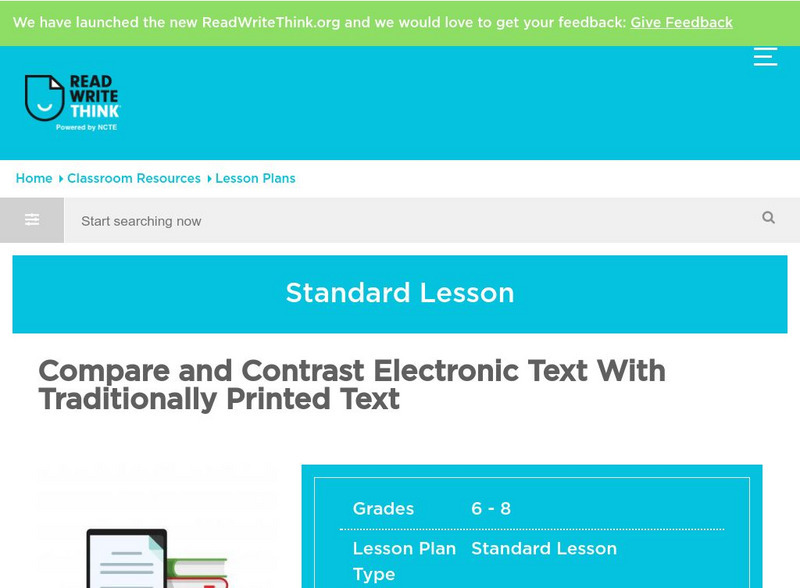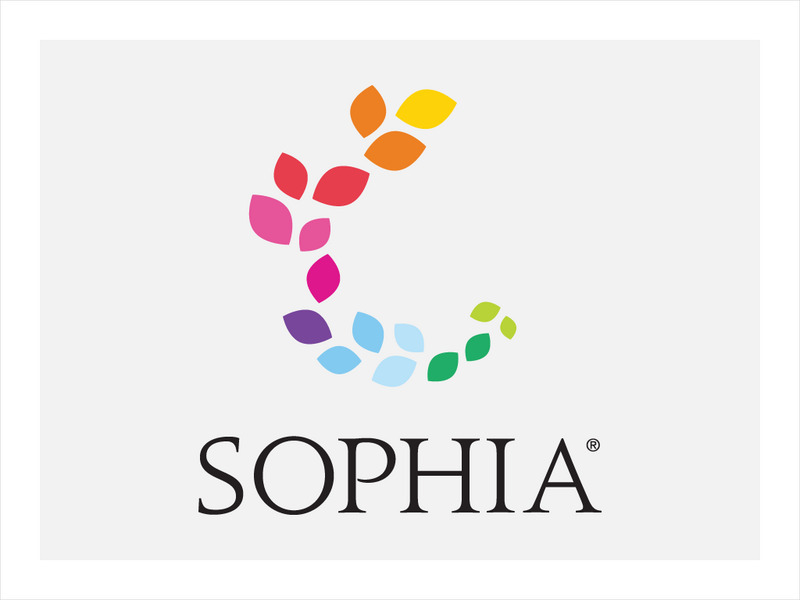Lumen Learning
Lumen: Building Credibility Through Source Integration
Well-integrated sources build credibility in several ways: Source material adds evidence and support to your argument, the signal phrase highlights the reputation and qualifications of the source, and effective citation makes it easy for...
Other
Cite This for Me: Citation Generator
An automated citation machine that turns any of your sources into citations in just a click. Using a citation generator helps students to integrate referencing into their research and writing routine, turning a time-consuming ordeal into...
ReadWriteThink
Read Write Think: Research Building Blocks: Examining Electronic Sources
This lesson helps elementary learners identify the important components of web site evaluation. It includes a website evaluation question sheet.
Online Writing Lab at Purdue University
Purdue University Owl: Mla Overview and Workshop
This site provides an overview of MLA style by providing general information about what MLA is, who uses it, and reasons for its use. Then it provides links to both general and specific information about how to use MLA style to format...
Online Writing Lab at Purdue University
Purdue University Owl: Mla in Text Citations: The Basics
This site offers the basic rules and guidelines for creating MLA in-text citations including print and non-print sources with examples of each type presented.
Other
My Bib
MyBib is a free bibliography and citation generator that makes accurate citations for you to copy straight into your assignments and papers. It creates citations for books, journals, websites, and videos by searching for a title or...
ReadWriteThink
Read Write Think: Compare/contrast Electronic Text With Traditionally Printed Text
Lesson allows for middle school middle schoolers who are familiar with researching electronic sources to gain a deeper understanding of the benefits of online resources versus traditional print.
Sophia Learning
Sophia: Supporting Details Explained
This slideshow focuses on supporting details; it discusses their purpose, the audience, and the point to be made. It lists the five most common types of supporting details: facts, statistics, opinions, examples, and personal observations...
Other popular searches
- Citing Sources Mla
- Citing Sources Correctly
- Citing Sources Footnotes
- Teaching Citing Sources
- Citing Sources Properly
- Citing Sources Powerpoint
- Citing Sources Mal
- Citing Sources Bibliography
- How to Citing Sources
- Citing Sources in Text
- Power Point +Citing Sources






